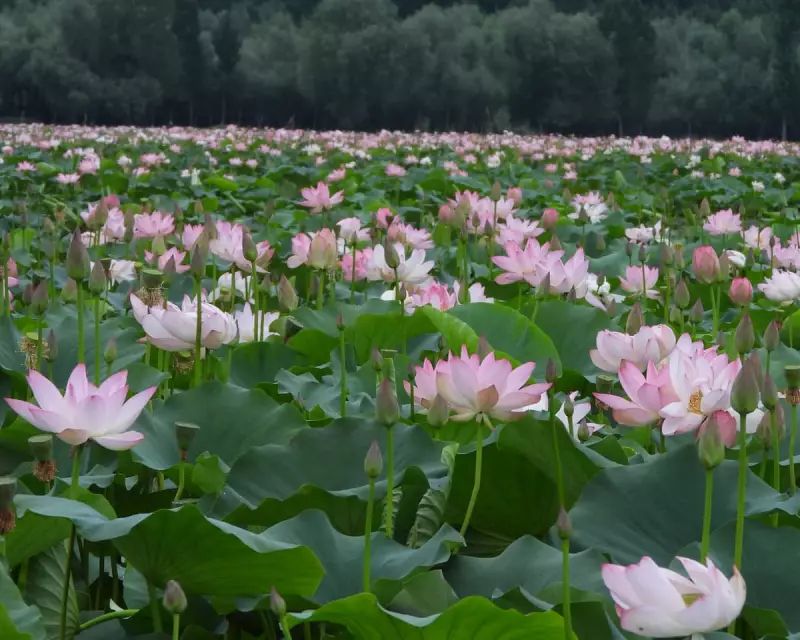
In an extraordinary natural spectacle, the iconic lotus flowers have returned to Kashmir's Wular Lake after a 30-year absence. This rare bloom has ignited optimism among environmentalists and locals, signalling a potential revival for one of South Asia's largest freshwater lakes.
A Floral Phenomenon Returns
The sudden appearance of these delicate pink blooms across Wular's waters marks a significant ecological milestone. Experts suggest improved water quality and conservation efforts may have created the perfect conditions for the lotus to thrive once again.
The Lake's Troubled Past
Wular Lake, once a thriving ecosystem, faced decades of environmental challenges:
- Severe siltation from deforestation
- Pollution from agricultural runoff
- Encroachment reducing its size by nearly half
- Disruption of native aquatic plants
Conservation Efforts Pay Off
Recent restoration projects appear to be yielding results:
- Wetland conservation initiatives launched in 2018
- Improved waste management systems
- Community-led clean-up campaigns
- Strict regulations on industrial discharge
Cultural and Ecological Significance
The lotus holds deep cultural meaning in Kashmir, featuring prominently in local art, cuisine and traditional medicine. Ecologically, its return suggests improved biodiversity and water quality in the 130-square-kilometre lake.
"This is nature's way of telling us our efforts are working," remarked a local conservationist. "The lotus acts as a natural water purifier – its return could mark a turning point for Wular's recovery."
While celebrating this environmental victory, experts caution that sustained efforts are needed to maintain Wular Lake's fragile ecosystem and ensure future lotus blooms become a regular occurrence rather than a rare phenomenon.





